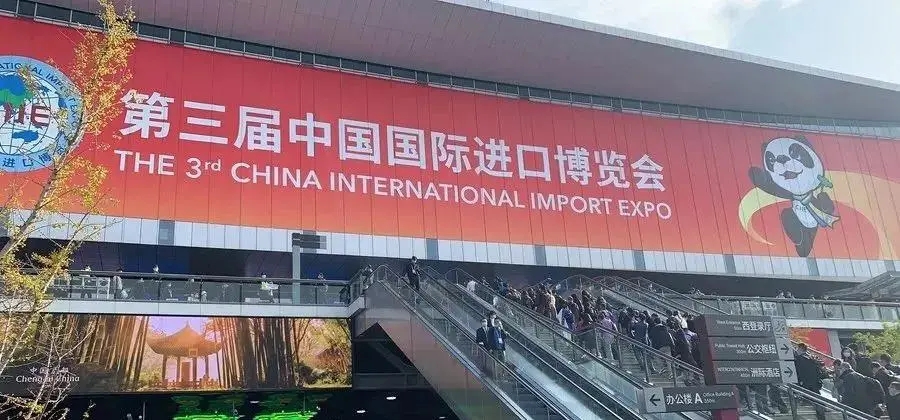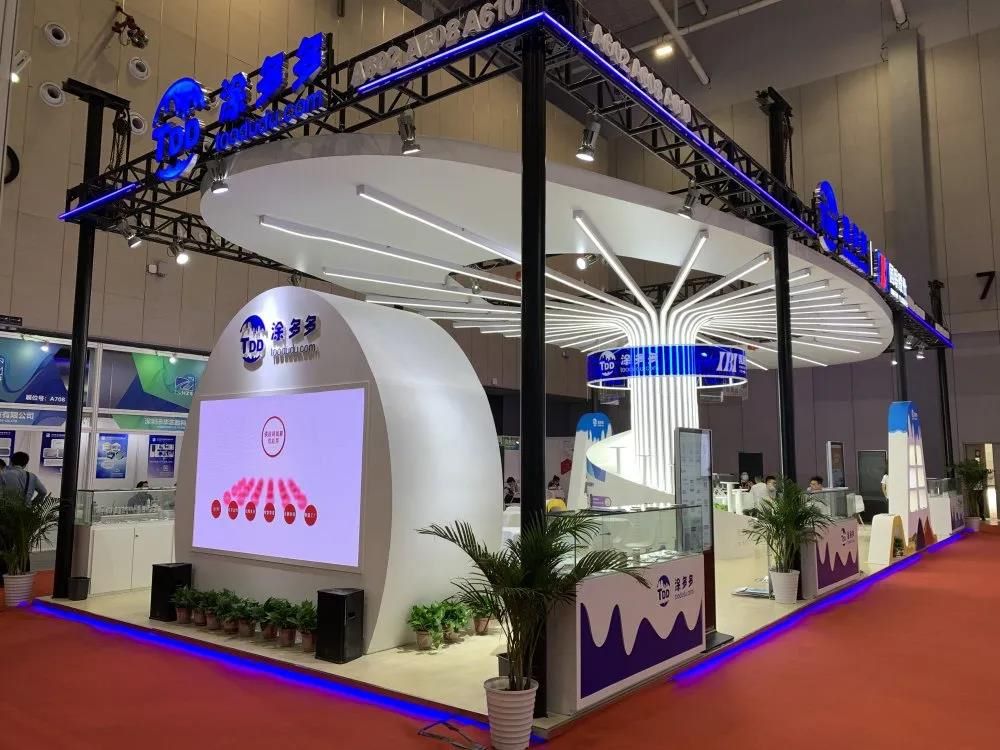Oil filter: structure and function
In the complex operating system of automobile engines, the oil filter seems inconspicuous, but it plays a vital role. It is like an excellent "guard", silently filtering impurities in the oil to ensure that the engine always runs in a clean and lubricated environment.
This article will deeply analyze the structural composition of the oil filter, the functional principles of the core components and its key role in engine protection.
Clean Lubrication Cornerstone: Core Function of Oil Filter
The core function of the oil filter is the cornerstone of clean lubrication. The oil in the engine undertakes multiple tasks such as lubrication, cooling, cleaning and rust prevention. However, as the engine runs, impurities such as metal debris, dust, carbon deposits, and sludge will continue to mix into the oil, causing its performance to deteriorate.
If these impurities enter the precision parts of the engine (such as pistons, crankshafts, valves, etc.) with the random circulation of the oil, it will aggravate wear and even cause serious faults such as cylinder pulling and shaft jamming.
The core function of the oil filter is to intercept harmful particles in the oil through physical filtration and provide a clean lubricating medium for the engine. This process not only extends the service life of the oil, but also significantly reduces the wear rate of the internal parts of the engine, thereby improving the reliability and durability of the entire power system.
Precision collaborative design: oil filter structure analysis
The structure of the oil filter seems simple, but it actually contains multiple components with different functions, which work together to achieve efficient filtration.
The shell of the oil filter is usually made of metal or engineering plastics, which plays a role in protecting the internal components and bearing pressure. The shell is provided with an oil inlet and an oil outlet, which are connected to the engine oil circuit respectively. The oil inlet is responsible for introducing the oil to be filtered, and the oil outlet delivers the filtered clean oil to the engine lubrication system.
The filter paper is the "heart" of the oil filter, usually made of microporous filter paper, glass fiber or metal mesh treated by special processes. The pore size of the filter paper is extremely small (usually 5-20 microns), which can effectively intercept impurity particles in the oil.
In order to increase the filtration area, the filter paper will be folded into a wave or pleated shape and closely arranged inside the filter. Different types of oil filters (such as ordinary filters and long-term filters) use different filter paper materials and filtration precision. High-precision filter paper can filter smaller particles, but it may increase the flow resistance of the oil, so it is necessary to balance the filtering effect and circulation efficiency.
In addition to the filter paper, there are two valves in the oil filter that are easily overlooked but crucial - the bypass valve (overflow valve) and the one-way valve (check valve), which play a key role in abnormal working conditions and shutdown conditions respectively. The bypass valve is usually composed of a spring, a valve core and a valve seat, and is located in the bypass oil channel inside the filter.
During normal operation, the oil pressure is not enough to push the spring, the bypass valve is in a closed state, and the oil must be filtered by the filter paper before it can flow out; when the filter paper is blocked by impurities or the viscosity of the low-temperature oil is high, the oil inlet pressure will rise sharply (exceeding the pressure value preset by the spring, usually 0.3-0.5MPa), and the oil will push the bypass valve core and bypass the filter paper directly into the engine. Such a design can avoid oil supply interruption caused by filter blockage and prevent dry friction damage to the engine due to lack of oil.
The one-way valve is usually located near the oil outlet of the filter and consists of a spring and a rubber valve plate. Its function is to prevent oil backflow when the engine is stopped and keep the filter full of oil. This ensures that when the engine is started again, the lubrication system can quickly build up oil pressure and reduce wear at the moment of starting (cold start wear accounts for more than 70% of the total engine wear).
The seal is usually made of rubber and installed between the joint surface of the filter and the engine to prevent oil leakage. The cover fixes the filter paper and valve assembly to ensure the stability of the internal structure and guide the oil to flow along the established path.
Double protection mode: oil filter working mechanism
The working process of the oil filter can be divided into two modes: normal filtration and emergency bypass, both of which jointly ensure the lubrication safety of the engine. When the engine starts, the oil pump pressurizes the oil in the oil pan to the oil inlet of the oil filter.
The oil first enters the filter chamber inside the filter and flows through the folded filter paper layer. The filter paper intercepts metal debris, dust, carbon deposits and other impurities in the oil through physical interception and adsorption.
Clean oil flows out from the oil outlet, enters the main oil channel of the engine, and is distributed to various lubrication points. During this process, the one-way valve remains closed to prevent the clean oil from flowing back; the bypass valve remains closed because the oil inlet pressure does not exceed the threshold, ensuring that all the oil is filtered.
When the filter paper is blocked or cold-started at low temperature, the bypass valve opens and the oil enters the emergency circulation state.
With the increase of usage time, the impurities intercepted by the filter paper gradually accumulate, resulting in increased filtration resistance. When the oil inlet pressure exceeds the bypass valve spring setting value, the bypass valve opens, and part of the oil directly bypasses the filter paper to maintain the basic lubrication of the engine.
In winter, the oil viscosity is high and the flow resistance is large. The oil inlet pressure may rise instantly, triggering the bypass valve to open briefly, allowing the oil to quickly enter the engine to avoid wear caused by delayed oil supply.
It is worth noting that the opening of the bypass valve is a "protective compromise" - although it can prevent the engine from running out of oil, unfiltered oil may carry impurities, so the filter element needs to be replaced regularly to avoid frequent operation of the bypass valve.
Multiple application types: differences in oil filter structure
According to the application scenarios and design characteristics, oil filters can be divided into spin-on, built-in and replaceable filter element types, etc., and their structures are slightly different. The spin-on filter adopts an integrated design of housing, filter element and valve, which can be replaced at one time and disassembled as a whole. It is widely used in passenger cars.
The built-in filter element is installed in the filter housing inside the engine. When replacing, only the filter element needs to be replaced, and the housing can be reused. It is common in some high-end models. The replaceable filter element filter housing is fixed to the engine, and the filter element is installed by thread or buckle. The maintenance cost is low and it is mostly used in commercial vehicles or construction machinery.
Key points for scientific maintenance: ensure stable filter performance
The performance of the oil filter directly affects the life of the engine, so the following maintenance points need to be followed. The filtering capacity of the oil filter will decrease with the extension of use time. It is recommended to replace it at the same time as the engine oil (usually every 5000-10000 kilometers, please refer to the vehicle manual for details).
Poor-quality filters may use inferior filter paper or unqualified valves, resulting in filtration failure or oil circuit failure, so original accessories must be used. During installation, ensure that the sealing ring is in the correct position to avoid oil leakage caused by poor sealing; spin-on filters must be tightened according to the specified torque to prevent deformation of the housing.











